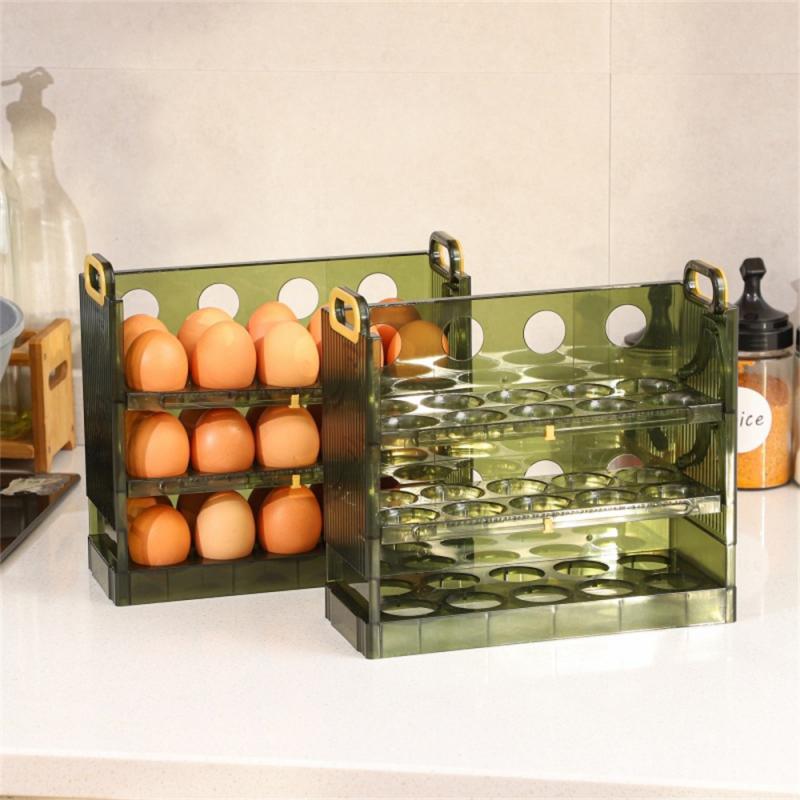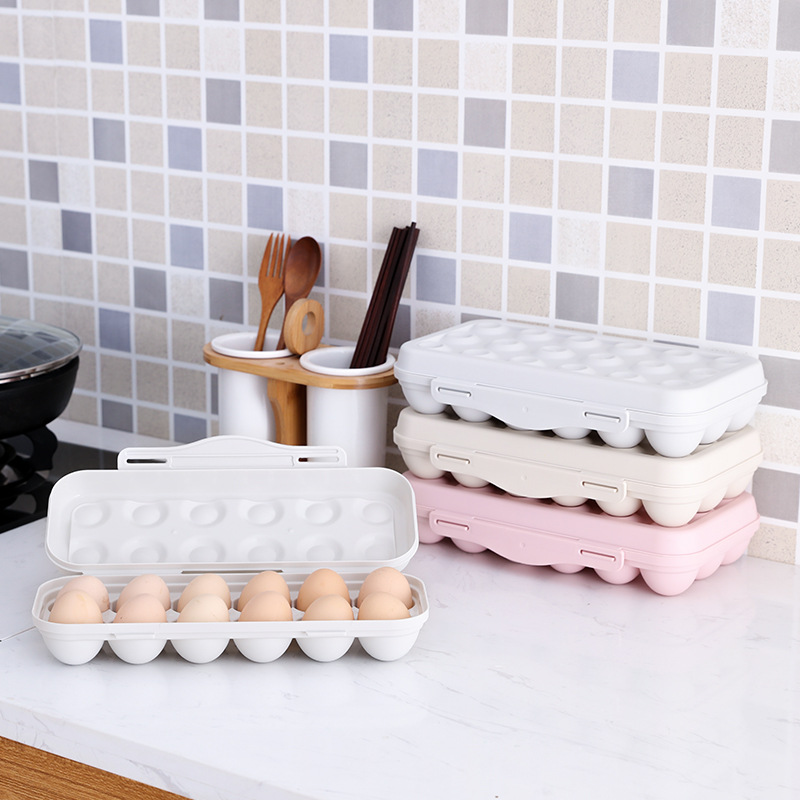Egg Storage
Enhancing Functionality Across Industries
Double-layer design has become a pivotal strategy in various sectors, driving innovation by enhancing product performance and user experience. This multifaceted approach has permeated industries ranging from automotive to consumer goods, each adopting the double-layer concept to meet specific challenges and leverage new opportunities. This article delves into the practical applications, benefits, and future implications of double-layer designs across these diverse fields.
Double-Layer in Automotive Design
In the automotive industry, double-layer design is frequently employed in vehicle safety and aesthetic enhancements. For instance, double-layered car windows are designed not only to reduce noise but also to enhance insulation and provide additional safety in the event of an accident. Furthermore, many manufacturers use double-layered materials in car bodies to improve aerodynamics and increase structural integrity without compromising on weight or fuel efficiency.
Double-Layer in Consumer Electronics
Consumer electronics have seen significant advancements thanks to double-layer technology, especially in wearables and mobile devices. For example, double-layer touchscreens not only offer users more durable surfaces but also improve display brightness and energy efficiency. Another application is in batteries, where double-layer capacitors, often called supercapacitors, are used to provide quick bursts of energy and prolong the device’s overall battery life.
Double-Layer in Packaging
The packaging industry has adopted double-layer design to enhance product protection while striving for sustainability. Double-layer packaging often involves one layer that is rigid for structural integrity and another that is flexible and can be easily molded to fit the product perfectly, offering superior protection during shipping and handling. Moreover, incorporating biodegradable materials into these layers has become a focus to reduce environmental impact.
Double-Layer in Home Decor
Home decor and furniture also benefit from double-layer designs, which can be seen in items like curtains and rugs. Double-layered curtains, for example, can offer both a blackout layer for light control and an aesthetic outer layer that complements home furnishings. Similarly, double-layered rugs might feature a durable base layer for longevity and a soft top layer for comfort and style.
Benefits of Double-Layer Designs
The adoption of double-layer techniques brings several key benefits:
- Enhanced Performance: By combining two layers, products can achieve better mechanical, thermal, and acoustic properties.
- Customization: Double-layer designs allow for greater customization options to meet specific consumer needs and preferences.
- Environmental Sustainability: With careful material selection, double-layer designs can contribute to sustainability goals by using recyclable or biodegradable materials.
Challenges in Implementing Double-Layer Designs
Despite their benefits, double-layer designs pose certain challenges:
- Manufacturing Complexity: The process of creating two distinct but integrated layers can complicate manufacturing, requiring more precise machinery and skilled labor.
- Cost: Initial costs for developing double-layer designs can be higher due to more complex materials and production techniques.
- Weight and Bulk: In some cases, adding a second layer might increase the weight and bulkiness of the product, which could impact usability and portability.
Future Trends in Double-Layer Design
As materials science advances and consumer demand for high-performance, sustainable products increases, the future of double-layer design looks promising. Innovations in nanotechnology and composite materials could lead to thinner, lighter, and more effective double layers. Additionally, the push towards customization and personalization in manufacturing, facilitated by technologies such as 3D printing, could see double-layer designs becoming more prevalent in bespoke products.
Conclusion
Double-layer design is reshaping industries by offering solutions that enhance product functionality, durability, and aesthetic appeal. As this design approach continues to evolve, it promises to bring more sophisticated, efficient, and customizable products that meet the demands of modern consumers. The ongoing development in materials and manufacturing technologies will likely expand the application of double-layer designs, making them integral to future innovations across all sectors.



